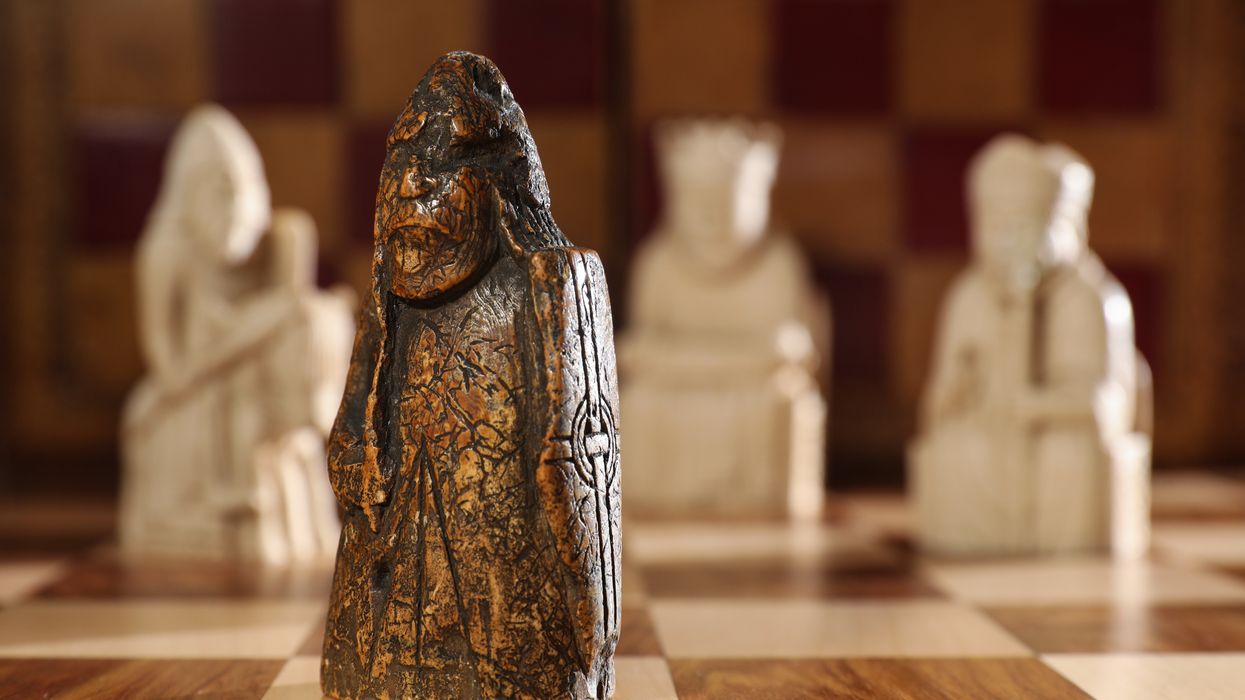
Tristan Fewings/Getty Images for Sotheby's

They reportedly had no idea what the piece was
One of the missing pieces from a more than 800-year-old famous chess set is expected to fetch up to $1.3 million at auction. It is being sold by a private family who owned the piece for decades, with no idea what it was.
The game of chess was invented roughly 1,500 years ago. It was based on an older game from India, that was itself based on an even older game from China. It spread to Europe after it was brought there by the Muslim Moors who invaded what is now Spain in the 700s A.D.
The Lewis Chessmen were discovered on the Scottish Isle of Lewis at some point before April 11, 1831, the exact date is unclear. Between November of that year and January 1832, they were sold to the British Museum.
Experts who analyzed the chess pieces determined that they were likely made in Norway sometime around 1150 to 1200 A.D. To date, 93 pieces had been discovered, enough for four sets with five pieces missing: one knight and four "warders," an early version of a rook.
The piece that turned up now was one of the missing warders.
The missing chess piece wasn't discovered buried at some archaeological site — it was found in a drawer in a private residence in Edinburgh where it was stored for 55 years. A spokesperson for the family who owned the chess piece said that the person who brought it to Sotheby's London auction house described it as "Antique Walrus Tusk Warrior Chessman," because they had been unaware of its true identity and value.
The unnamed current owner of the chess piece said that it had originally belonged to his grandfather, an antiques dealer who had bought the chess piece from another antiques dealer in 1964. Then it passed to his mother and "[f]or many years it resided in a drawer in her home where it had been carefully wrapped in a small bag. From time to time, she would remove the chess piece from the drawer in order to appreciate its uniqueness."
This is the only one of the Lewis Chessmen known to exist that is not currently owned by a museum.